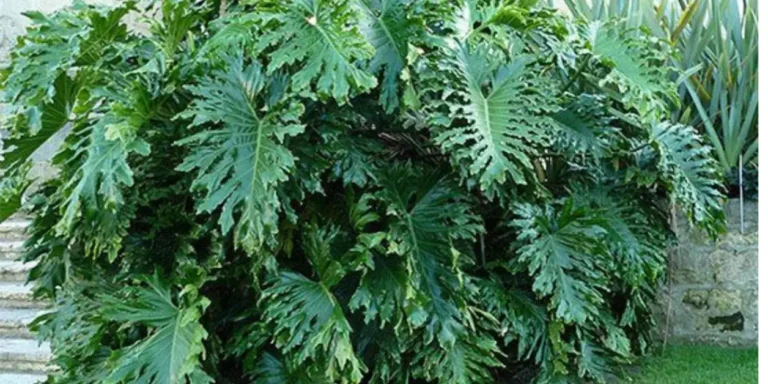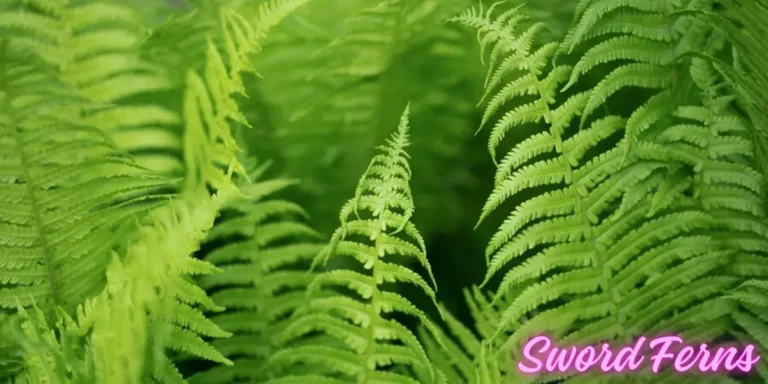Why Is My Grass Yellow
Having a lush green lawn is every homeowner’s dream, but sometimes, despite our best efforts, the grass starts turning yellow, indicating an underlying issue with its health. Understanding the factors contributing to grass health is crucial for maintaining a vibrant lawn. A healthy lawn is characterized by uniformly green grass, absence of weeds, and a soft, springy feel underfoot.
Environmental conditions, soil quality, watering practices, and pest infestations all play a significant role in grass health. When the grass starts to yellow, it’s a signal that something is off. By understanding these factors, you can become more informed and knowledgeable about your lawn’s health, and be more proactive in your lawn care.
Identifying Yellowing Symptoms

Yellowing grass can manifest in various ways, and recognizing the specific symptoms is crucial for determining the underlying cause. Some common signs of yellowing grass include:
Uniform Yellowing
If the entire lawn appears uniformly yellow, it may indicate a widespread issue such as nutrient deficiency or overwatering.

Patchy Yellowing
Patchy yellowing, where only certain areas of the lawn turn yellow, could be a sign of localized problems such as pest infestations or compacted soil.

Yellow Tips
Grass blades with yellow tips may suggest issues with mowing practices or nutrient imbalances.

Yellowing from the Base
Yellowing starting from the base of the grass can indicate fungal infections or soil pH imbalances.
Environmental Factors
- Environmental factors play a significant role in grass health. Exposure to extreme weather conditions, such as prolonged drought or excessive rainfall, can stress the grass and cause it to turn yellow. Factors like temperature fluctuations, air pollution, and excessive sunlight can also impact grass health.
- During periods of drought, grass may turn yellow due to lack of water, while excessive rainfall can lead to waterlogging and root suffocation, resulting in yellowing and eventual death of the grass.
- Furthermore, poor air quality, especially in urban areas with high pollution levels, can weaken grass plants and make them more susceptible to diseases and nutrient deficiencies, leading to yellowing.
- Understanding and mitigating the effects of environmental factors is essential for maintaining a healthy and vibrant lawn.
Lack of Water
A lack of water is one of the most common reasons for grass turning yellow. Grass requires adequate moisture to thrive; when it doesn’t receive enough water, it begins to wilt and turn yellow.
Watering the lawn profoundly and consistently during drought or hot weather is essential to ensure the grass receives sufficient moisture. Without proper hydration, grass becomes stressed and unable to maintain its green colour, resulting in yellowing.
To prevent yellowing from a lack of water, homeowners should establish a regular watering schedule, water deeply but infrequently to encourage profound root growth, and adjust watering frequency based on weather conditions and soil moisture levels.

Nutrient Deficiency
Another common cause of grass turning yellow is nutrient deficiency. Grass requires essential nutrients such as nitrogen, phosphorus, and potassium to maintain its health and vibrant green colour. When these nutrients are lacking in the soil, the grass may exhibit signs of yellowing and poor growth.
Nitrogen deficiency is often the primary culprit behind yellowing grass, as nitrogen is crucial for chlorophyll production, which gives grass its green colour. Phosphorus and potassium are also essential for overall grass health and can contribute to yellowing if deficient.
Soil pH Imbalance
The soil’s pH level also plays a crucial role in grass health. Grass typically thrives in soil with a pH level between 6.0 and 7.0. When the soil pH becomes too acidic or alkaline, it can affect nutrient availability and uptake, leading to yellowing and poor growth.
Acidic soil with a pH below 6.0 can result in nutrient deficiencies, particularly in essential elements like nitrogen, phosphorus, and potassium. Alkaline soil with a pH above 7.0 can lead to nutrient imbalances and inhibit the grass’s ability to absorb nutrients from the soil.
Pest Infestation
Pest infestations can also cause the grass to turn yellow. Common lawn pests such as grubs, chinch bugs, and armyworms can damage grassroots and foliage, leading to yellowing and thinning of the lawn.
Grubs, the larvae of beetles, feed on grass roots, causing the grass to become weak and turn yellow. Chinch bugs, tiny insects that suck sap from grass blades, can cause yellowing and browning of the grass, especially in hot and dry conditions. Armyworms, caterpillars that feed on grass blades, can defoliate large lawn areas, resulting in yellow patches.
Overfertilization

Overfertilization can lead to grass yellowing due to excessive nutrient buildup in the soil. While fertilizers are essential for providing nutrients to the grass, applying them in excess can cause nutrient imbalances and toxicity, resulting in yellowing and burning of the grass.
Nitrogen, in particular, is prone to yellowing when overapplied. Excessive nitrogen can initially stimulate rapid growth and lush green foliage, but it can also lead to shallow root development and increased susceptibility to stress and diseases, ultimately causing the grass to turn yellow and weak.
To avoid overfertilization and prevent grass from turning yellow, homeowners should follow proper fertilization practices. These include using a balanced fertilizer with the correct ratio of nutrients, applying fertilizers at the recommended rates and timings, and avoiding fertilizing during periods of drought or excessive heat.
Sunlight Exposure Issues
Insufficient or excessive sunlight exposure can also contribute to grass turning yellow. While grass requires sunlight for photosynthesis and growth, too much or too little sunlight can stress the grass and cause it to turn yellow.
Conclusion
In , Conclusion yellow grass can happen for different reasons, such as not having enough water, lack of nutrients, bugs, or diseases. To fix it, water your lawn regularly, use the right fertilizer, and watch for pests and diseases. You can keep your grass green and healthy all year round by taking care of it.
FAQs
How do you fix yellow grass?
To fix yellow grass, make sure to water it regularly, use the right fertilizer, and check for pests or diseases. Taking these steps can help your grass turn green and healthy again.
Will yellow grass turn green again?
Yes, yellow grass can turn green again with proper care. By addressing the underlying issues such as watering, fertilization, and pest control, you can help your grass regain its green and healthy appearance.
Does over watered grass turn yellow?
Yes, overwatered grass can turn yellow.
What fertilizer to use on yellow grass?
For yellow grass, consider using a balanced fertilizer containing nitrogen, phosphorus, and potassium.





